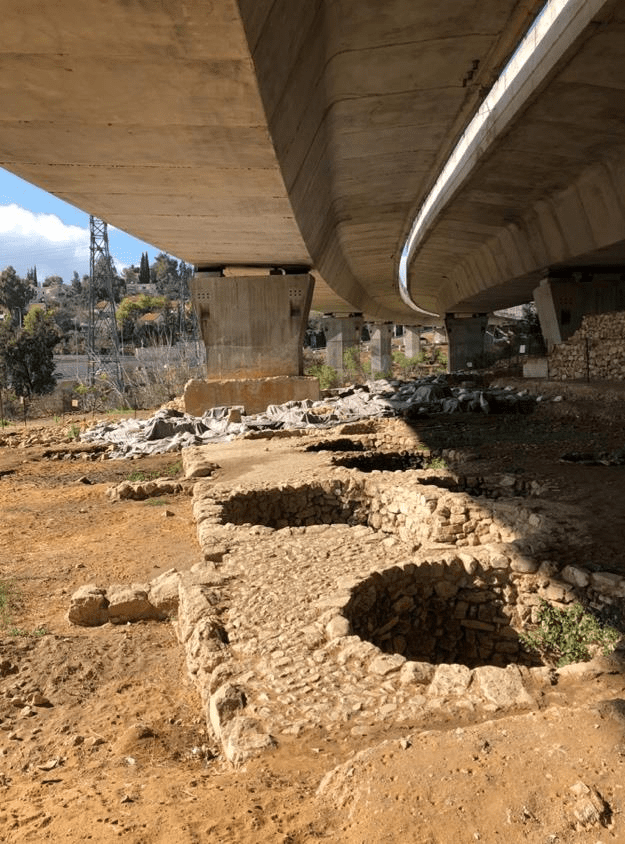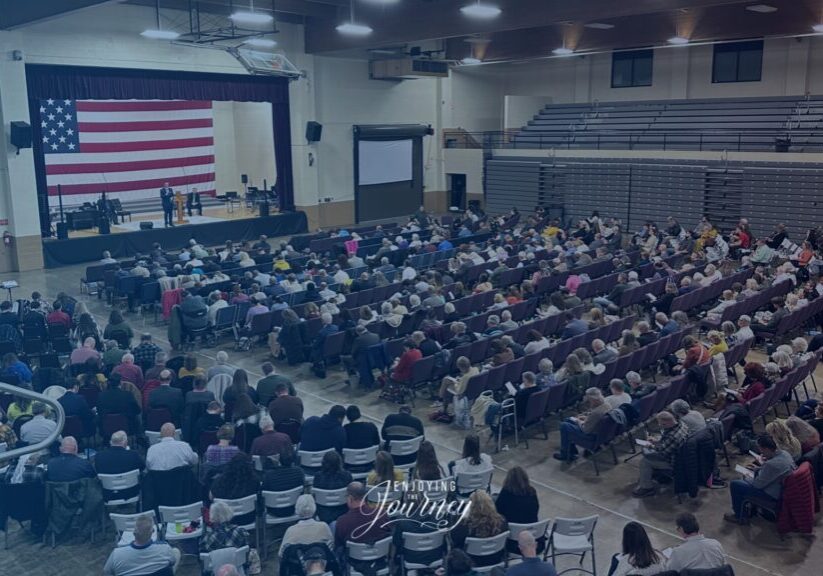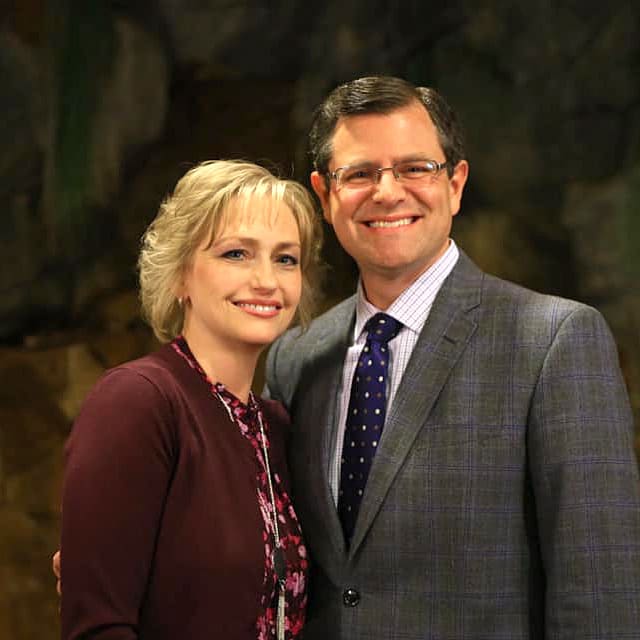
Emmaus In The New Testament
“And, behold, two of them went that same day to a village called Emmaus, which was from Jerusalem about threescore furlongs.” Luke 24:13
Jesus liked to hike. That much is clear from the Bible, where He frequently
walked from Galilee to Judea, crossed the Rift Valley, and once went up to Tyre and Sidon, which are located in modern Lebanon. On the day of His resurrection from the dead, He once again set out on a long walk. This time it was on the road west of Jerusalem, where He stopped in Emmaus with Cleopas and the other disciple.
Background
The identification of the biblical site of Emmaus has been subject to some dispute over the years. Luke says that it was about sixty furlongs, or about 6.5
miles from Jerusalem. The name Emmaus Nicopolis was given to a site in the foothills near Tel Aviv during the early Byzantine period. Many early Christians, and later explorers asserted that this was the biblical site. However, this site is about 22 miles from Jerusalem and much too far to be the site in Luke. I found hiking to Emmaus Nicopolis one way from a west Jerusalem suburb to be a daunting task, and was happy to take the bus home. Even the toughest hikers would struggle to cover the 44 miles there and back in one day, and would require 15 or more hours to do so. Besides the problem of the distance, Emmaus Nicopolis was a thriving city in ancient times, whereas Luke calls Emmaus a village.
However, the two disciples could have walked round trip to Motza in one day. Emmaus is simply the Greek version of the Hebrew name Motza. Additionally, the distance fits with what Luke wrote, since it is close to 60 furlongs from the Temple Mount in the center of Jerusalem. For those reasons and many more, Motza is the site most convincingly identified with Emmaus. It is a pleasant hike from Jerusalem along a stream in the lovely Cedar Valley to ancient Motza and back. I have done it on more than one occasion with no problems. That said, I would not want to make the hike in the dark, like the disciples in Luke did.
Tel Motza is still being excavated, and is seldom visited. It can be hard to find if you don’t know where it is. The first time I went, I missed the signposts so I spent over an hour scrambling up and down bluffs before I finally found it tucked away up on the hill under an overpass. If you poke around in the bushes, you can find pieces of the old Roman road. This road ran from the coast up to Jerusalem, as well as ancient houses swallowed by weeds.
Biblical Account
Jesus overtook Cleopas and the other disciple on the walk to Emmaus, and after preaching to them. He revealed Himself to them in the village while He was breaking the evening’s bread, then disappeared from sight. They jumped up. Despite it being nightfall, they ran back to Jerusalem to tell the others that they had seen Jesus. A few moments after they arrived and began to tell the others, Jesus entered the room, which shocked everyone. It is unlikely that He disappeared in Emmaus, and reappeared in Jerusalem. Since He was walking to Emmaus originally, He probably simply walked along behind the two excited disciples as they hurried up the dark valley.
In Bible times, the valleys west of Jerusalem became frequented by thieves and wild animals, such as wolves and hyenas. They exposed themselves to additional dangers while traveling in the dark, such as becoming lost or falling. They did not care since they were so excited to tell others that He is risen! You may face untold dangers as you share the good news, but you can be confident that Jesus is walking with you, even when you do not see Him.






